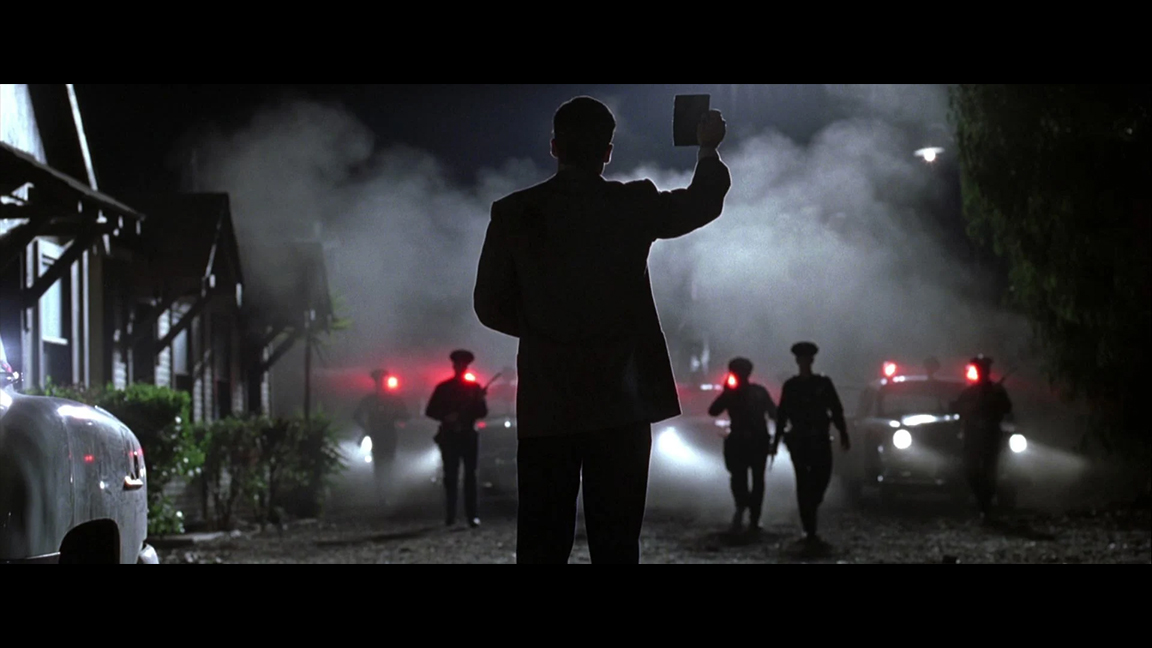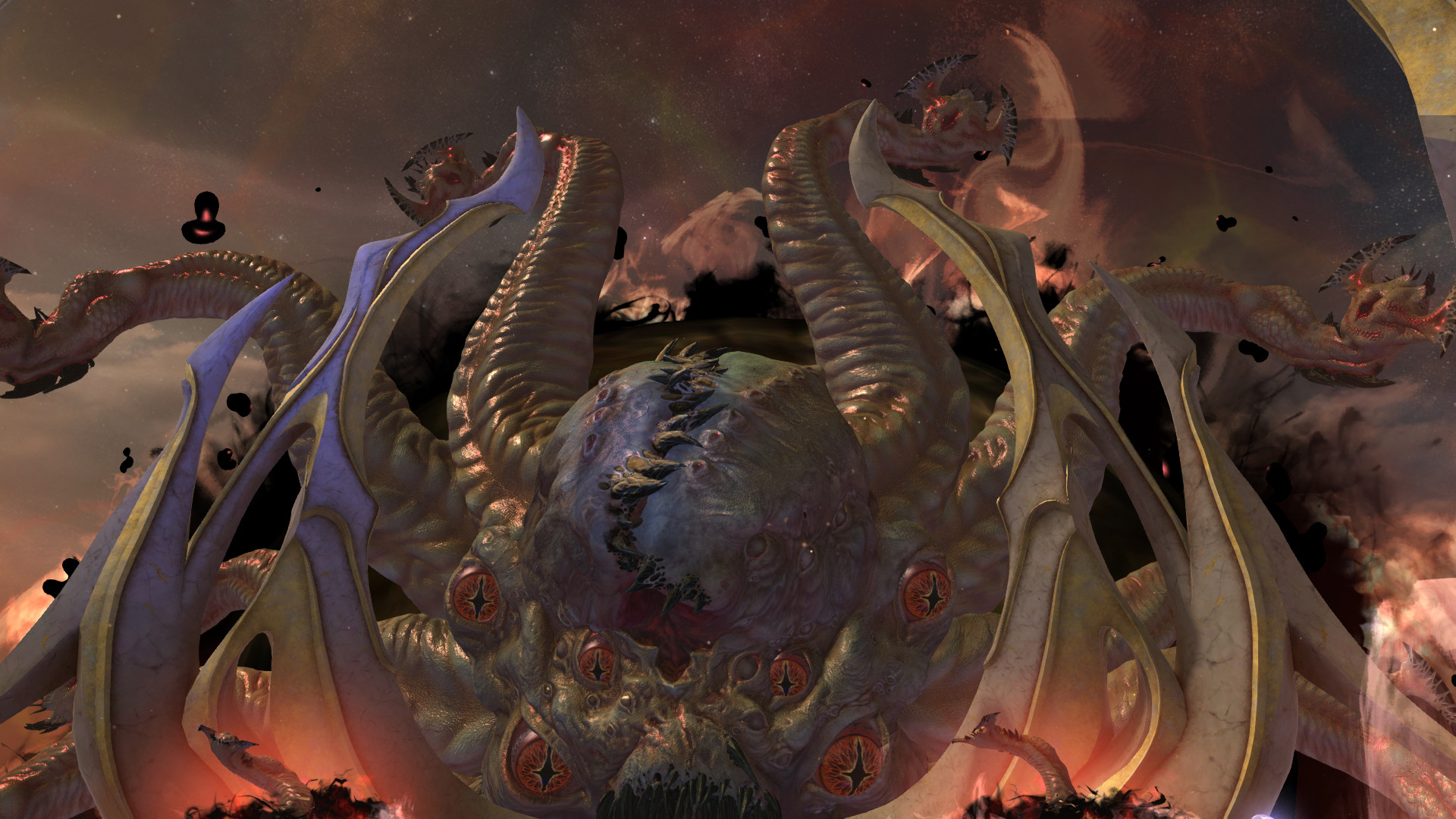The best film editing, as chosen by BAFTA winner Peter Honess
The editor of L.A. Confidential, The Fast and the Furious and Harry Potter and the Chamber of Secrets picks his inspirational scenes.

Assembling the striking imagery provided by the cinematographer - catch up with the best shots as chosen by award-winning cinematographer Jomo Fray - is the editor who must do some in an unobtrusive manner unless the desired visual language is to draw attention to how shots transition from one to another.
Receiving an Oscar nomination for L.A. Confidential for weaving what initially appear to be three unrelated stories into a singular conclusion is Peter Honess, with other significant contributions being The Russia House, Rob Roy, The Fast and the Furious, Harry Potter and the Chamber of Secrets, and Troy.
“Nothing frustrates a director more than to watch scenes where you have forgotten a note or misunderstood it,” explains Peter. “That’s how they lose trust in you. Make sure you watch carefully what the director does with the camera. Do not cut out camera moves because you could be killing his baby.”
There are times where the performances are an inspiration, which was the case for Kevin Spacey in L.A. Confidential. Peter explains: “There is a special favourite. It is the scene when James Cromwell shoots him in the chest. Every time I revisited the scene, I was more fascinated by the look in his eyes when he is dying and would add more and more frames to it. Eventually, I maxed the shot to where Kevin eventually blinked. Watch carefully and I swear you can see the light go out in his eyes as if he has passed away… brilliant.”
Below you can find more examples of inspirational film editing as chosen by Peter Honess. If you're inspired, read our guide to the best video editing software and upgrade your kit with one of the best laptops for video editing.
Best scene transition: Highlander (1986)
Considered a cult classic Highlander features immortal warriors that journey through different eras of history and to aid with the exposition there was a need to shift between the 16th century Scottish narrative where Connor MacLeod (Christopher Lambert) meets and is trained by Juan Sánchez-Villalobos Ramírez (Sean Connery) with the contemporary New York City one where MacLeod seeks vengeance upon an ancient adversary.
The important thing was to ensure that two storylines propelled each other forward and still felt part of a universal whole. In order to accomplish this seamlessly there are some clever transitions, such as one that occurs inside of an apartment. “Connor MacLeod is seated on the sofa in his apartment in New York, sharpening his sword,” recalls Peter. “The camera pans from his face up to a fish tank behind him to fill the screen with the image of water and transitions to a lake in Scotland with Sean Connery and Connor standing in a boat.”

Best action sequence: Troy (2004)
Sword and sandals epics were revived by Wolfgang Petersen when he decided to leave the claustrophobic confines of a German U-boat in Das Boot and water-logged decks of a fishing vessel lost in maelstrom in The Perfect Storm for the Greek and Turkish sands to retell a Homeric love and war tale in Troy (2004). Cast in the parts of the mortal Trojan prince Hector and Greek warrior Achilles whose name gives away his mortal weak spot were Eric Bana and Brad Pitt.
"Swordplay is a staple of cinema, which means that tension and brutality can easily give way to boredom when the action beats start to feel all too familiar and predictable. The sword fight between Brad Pitt and Eric Bana towards the end of the film,” states Peter, explaining, “Wolfgang Petersen turned to me after he had viewed the scene for the first time and said, ‘That's the best sword fight on film I have ever seen'.”
Best quiet moment: 2001: A Space Odyssey (1968)
Stanley Kubrick not only pushed the boundaries of visual effects to become the first director to be nominated in that category at the Academy Awards with 2001: A Space Odyssey but also created a classic that has withstood the test of time and is considered to be masterclass in filmmaking.
Responsibility for assembling the footage was given to Ray Lovejoy who did a clever and famous hard cut between a bone being thrown up in the air by a primitive ape in the opening to a satellite orbiting Earth.
There are other standout moments ranging from the surreal fetal star child and black monolith to the prescient depiction of the technological future to a sentient onboard computer singing Daisy Bell as it gradually shuts down.
Among these are occasions that allow for some contemplation such as the famous sequence that takes place inside of the spaceship known as Discovery One. “As Keir Dullea is jogging around the ship past the sleeping astronauts the only sound is the low hum of the ship,” remarks Peter. “Everything seems to be under control but there's a feeling of uncertainty.”
Best combination of image & sound: The Third Man (1949)
Starting off the 1940s with Citizen Kane, Orson Welles found himself cast in post-World War II crime noir that perfected concluded the decade courtesy of Carol Reed and The Third Man that viewed the surroundings with an upward askew perspective and an unconventional musical instrument that served as a whimsical counterpoint.
The Oscar-winning black and white photography of cinematographer Robert Krasker took advantage contrast between light and shadows to give a menacing quality to the imagery. Striking the right balance with the pacing and tone was editor Oswald Hafenrichter who assembled a story specifically written for the screen by Graham Greene that seamlessly mixed social commentary, romance, drama and humour and in the process got the most out of major plot points.
“The shot of Orson Welles in a doorway in shadow,” remarks Honess. “He is then revealed and the use of the zither on the soundtrack, creates remarkable tension. Shot in black and white by Carol Reed, the film is classic ‘film noir’.”

Thank you for reading 5 articles this month* Join now for unlimited access
Enjoy your first month for just £1 / $1 / €1
*Read 5 free articles per month without a subscription

Join now for unlimited access
Try first month for just £1 / $1 / €1
Get the Creative Bloq Newsletter
Daily design news, reviews, how-tos and more, as picked by the editors.

Ian Dean is Editor, Digital Arts & 3D at Creative Bloq, and the former editor of many leading magazines. These titles included ImagineFX, 3D World and video game titles Play and Official PlayStation Magazine. Ian launched Xbox magazine X360 and edited PlayStation World. For Creative Bloq, Ian combines his experiences to bring the latest news on digital art, VFX and video games and tech, and in his spare time he doodles in Procreate, ArtRage, and Rebelle while finding time to play Xbox and PS5.



